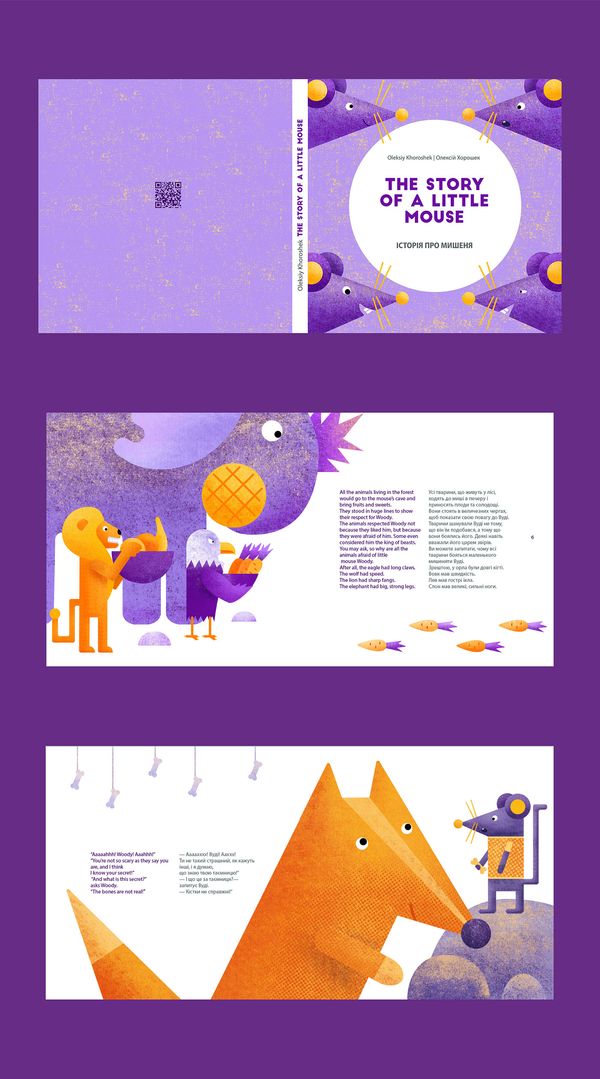Anyone who’s ever been to Dobruma knows that it’s as if a world traveler friend of ours invited us over for dinner to tell us about their latest trip, to make us taste the local cuisine and to show the treasures they found. The same vibe greets us in Pingrumba, the new restaurant of Dobrumba founders on the Buda-side, only this time they guide us to even more faraway lands: on the Pest side, the adventure begins at the Atlas and takes us to the Ararat, while in Buda, the journey is from Cairo to Calcutta. The region does not only echo on the menu, but in the interior, too.
As soon as we enter Pingrumba, we immediately forget that we left the noisy and busy Széll Kálmán tér on the other side of the door. The guest area can be accessed through an indigo blue hall, so here we have time to truly arrive. The place used to be a Chinese restaurant for twenty years, then it was taken over by the team of Dobrumba to open their latest restaurant, with an interior adjusted to the concept. Two of the founders, graphic designer Eszter Laki and interior designer Viktória Berkes told us how.
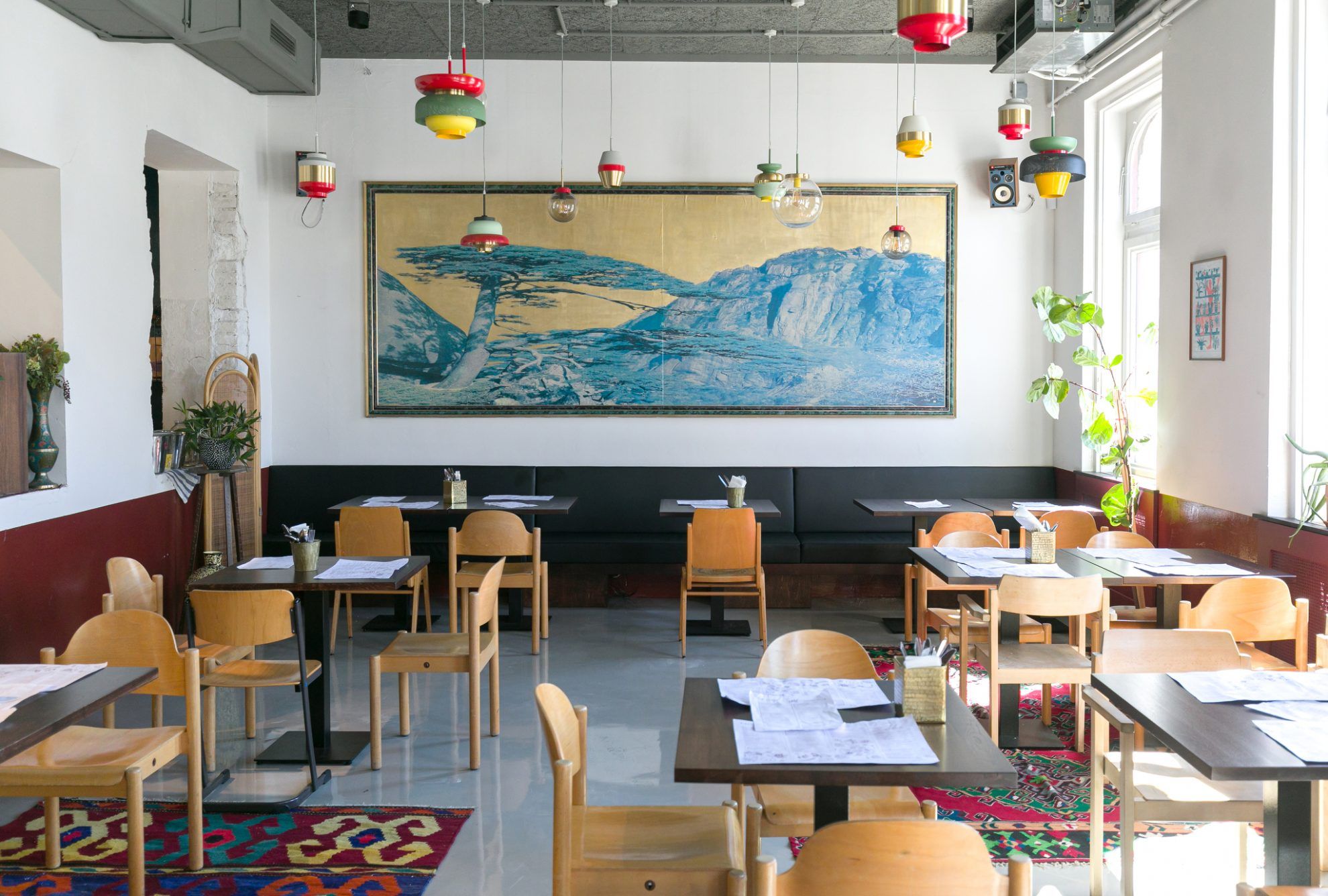
How did Ping become Pingrumba?
Eszti: Dobrumba was founded by the six of us and it was inspired by our travels, but we already knew we wanted to have another restaurant in the future at its opening. We would like to see more places in the capital where we, too, would be happy to go to and we thought Buda needed one. We rented this space where we are now last year, it used to function as a Chinese restaurant for twenty years. We even have some memories about it from the 2000s.
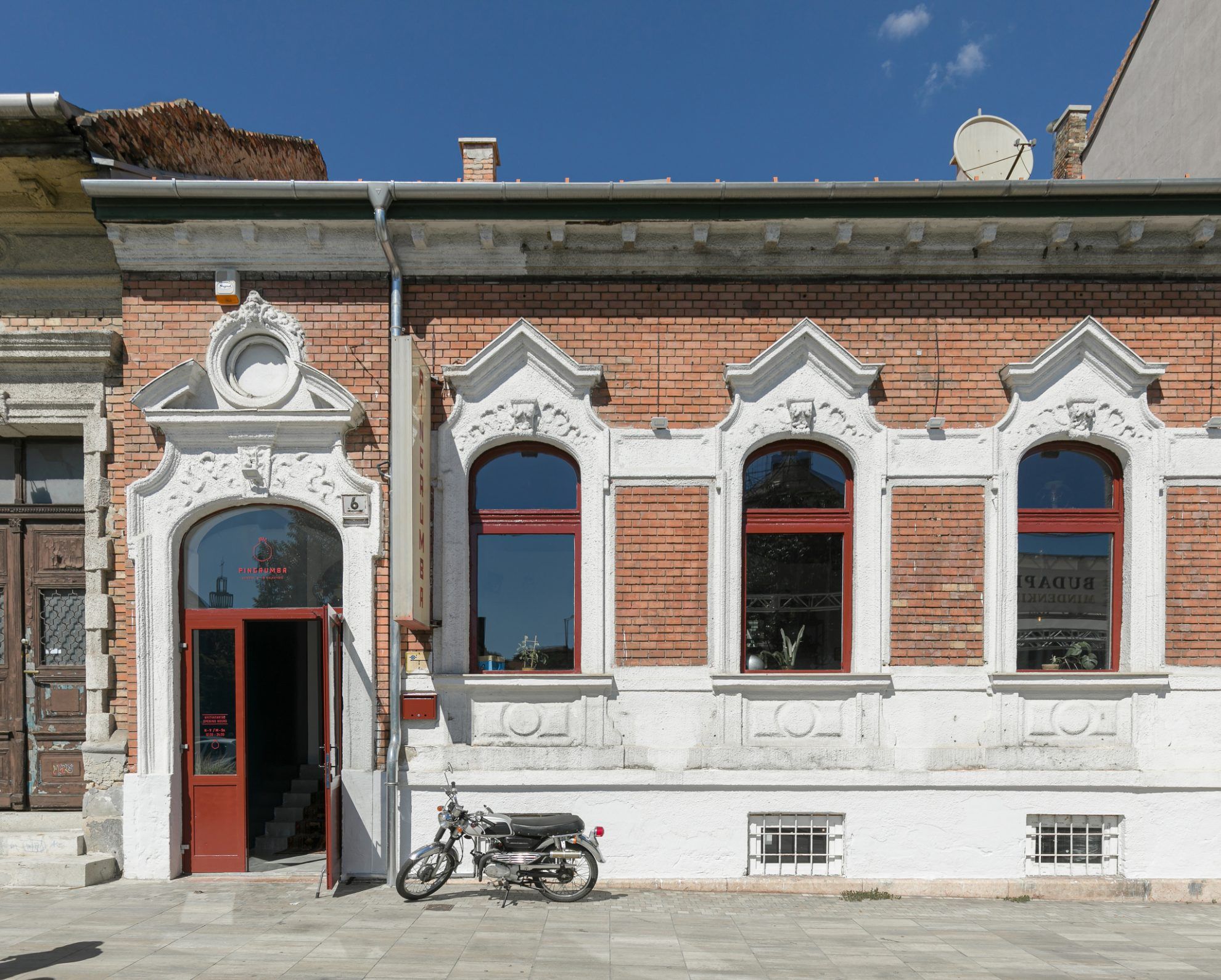
Our goal was on the one hand to reflect on the atmosphere and cuisine of Dobrumba and to also be able to bring something new. Therefore, here we replaced the very eclectic gastronomic mixture inspired by the region from the Atlas to the Ararat with dishes of more Eastern areas, this is how the slogan ended up being ‘from Cairo to Calcutta’, thus the European and Mediterranean flavors were replaced by Persian, Indian, Uzbek and Caucasian dishes.
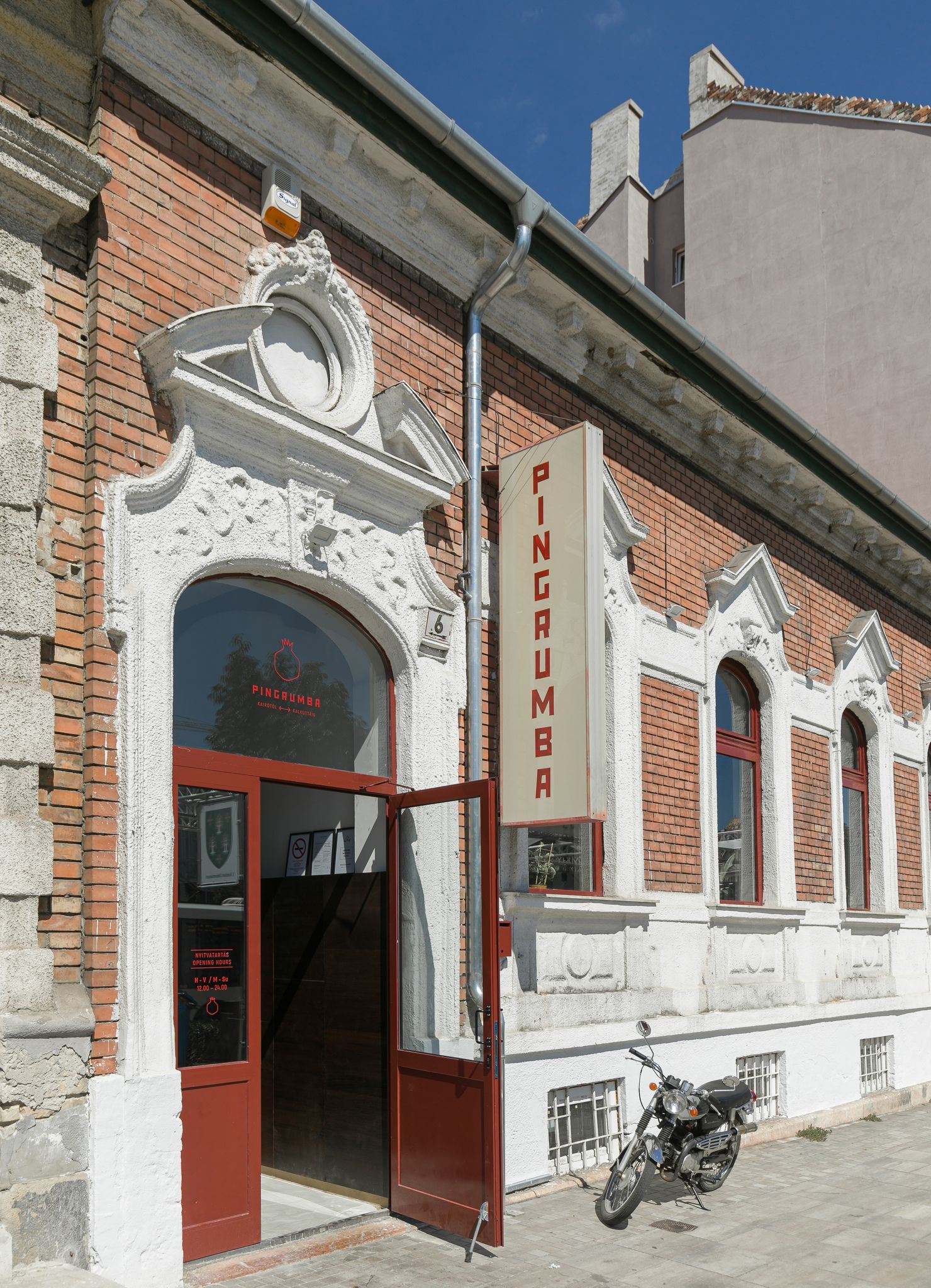

In general, we are known for not taking ourselves too seriously – back in the day, we only used ‘Dobrumba’ as a work name initially, because the unit is located on the corner of Dob utca and Rumbach Sebestyén utca. Here we also wanted to allude to local features and Dobrumba at the same time, too: as the former name of the restaurant was Ping, we came up with Pingrumba, which we didn’t think would stay either.
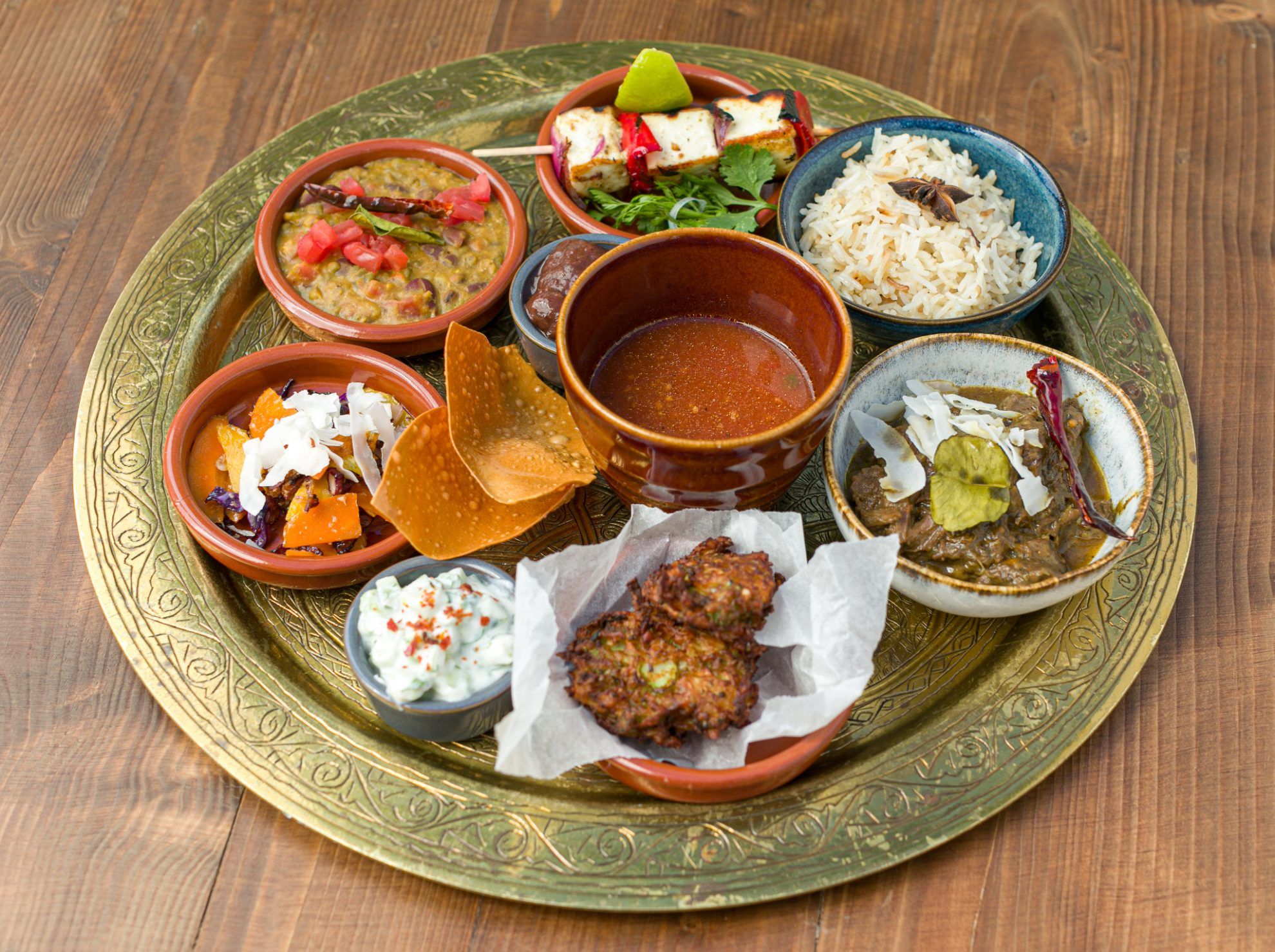
The difference between the two places does not only manifest on the menu, but in the interior, too. Could you tell us a bit about your inspiration?
Viki: The same thing applies to the interior and the dishes: everyone has a lot of foreign inspiration and experiences, Eszti also has a lot of photos, we mainly work from these. Here we reached back to our Indian-Caucasian memories deliberately. We tried to grasp the three-four key motifs that could manifest this vibe the most, and we built on these.
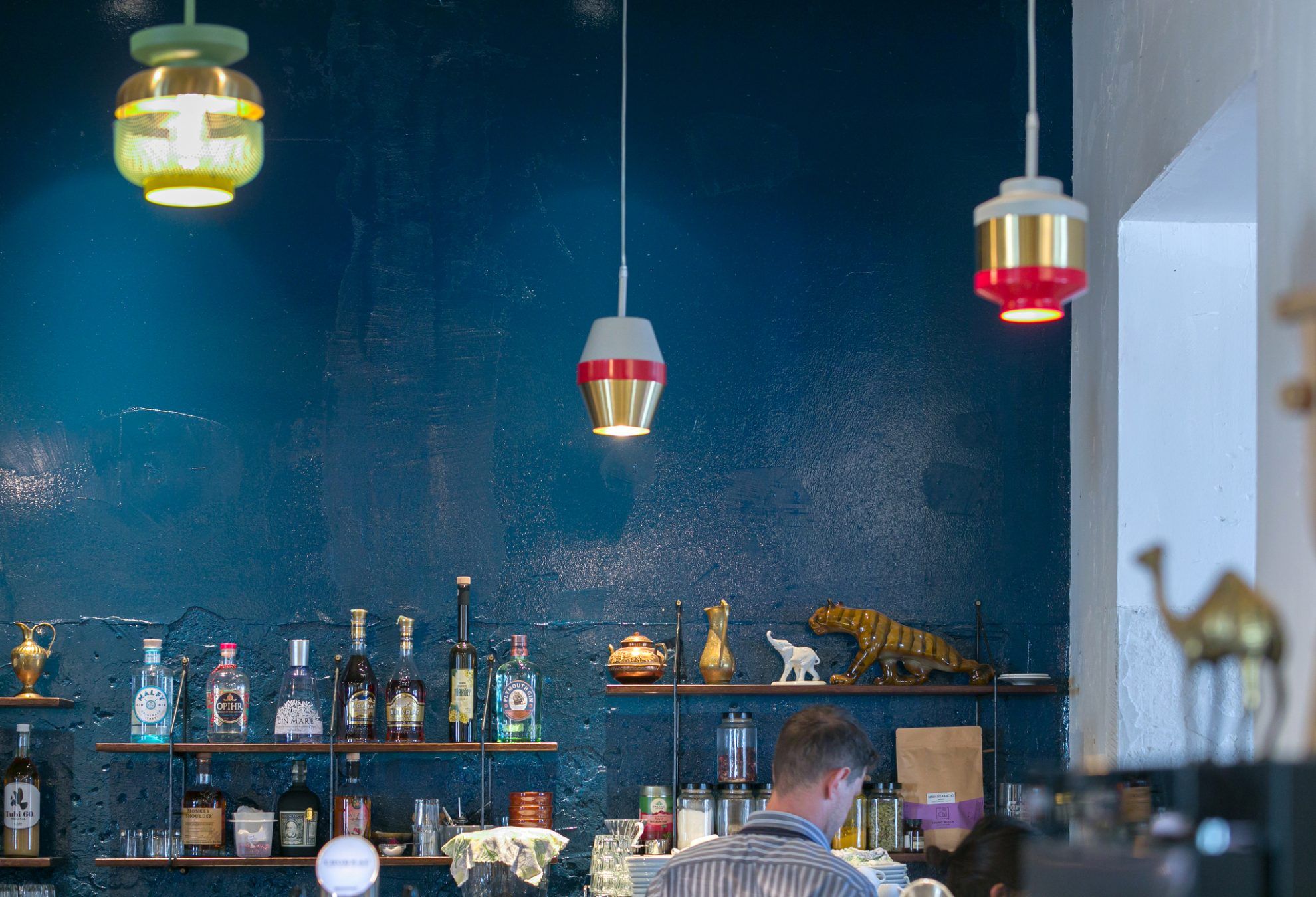
Eszti: The colors, for example, evoke India undoubtedly. I’ve been to India four times, I learnt their dominant materials and colors. They paint the floor oxide red in many places, we have it in our inner guest area. The indigo blue and turmeric yellow are also allusions to India.

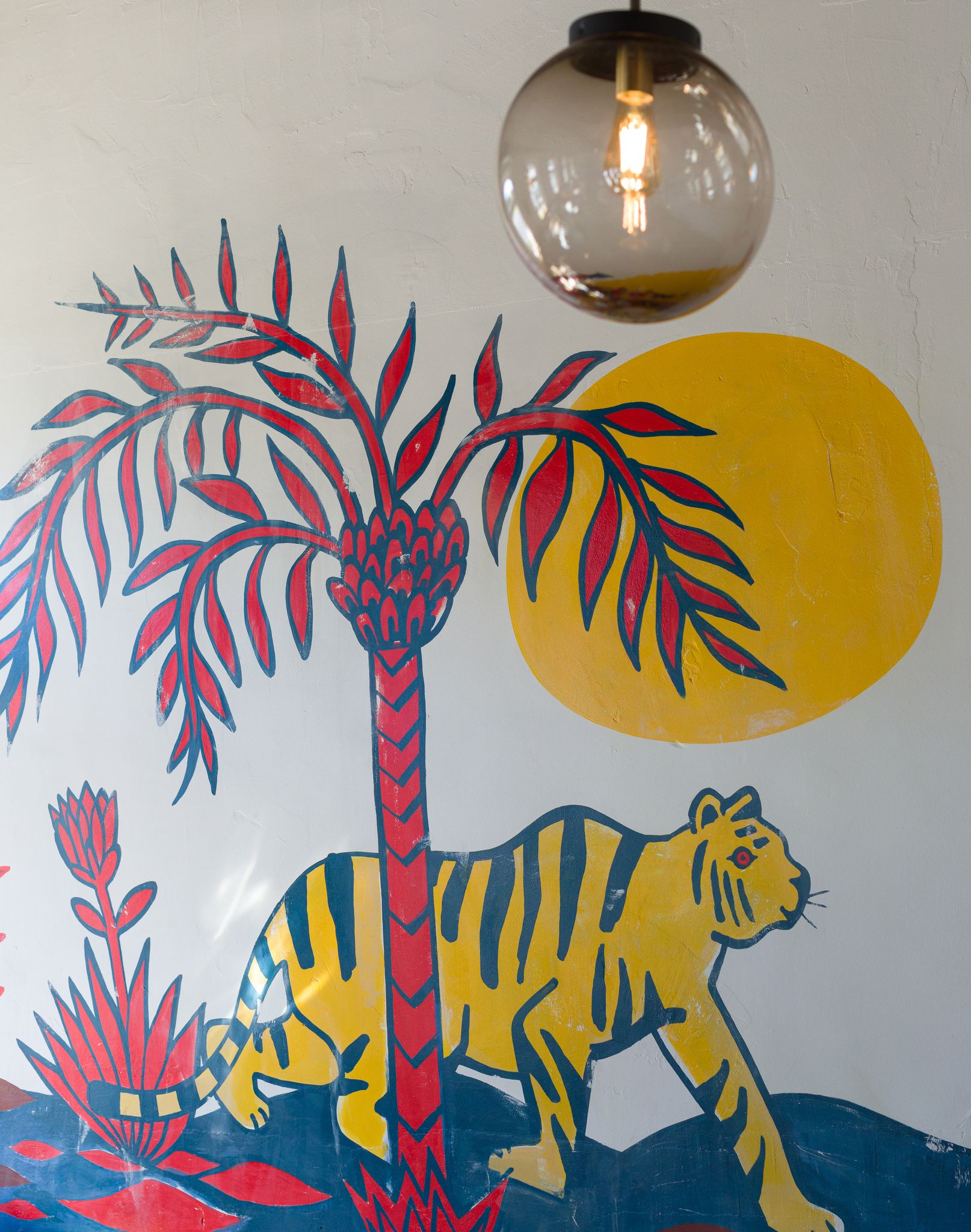
What kind of alterations did you have to make in terms of interior design?
Viki: Most of the construction work was carried out in the background areas. In the kitchen we made alterations in the spaces and the mechanics, too, so that we could install a special charcoal grill. We also established another preparatory kitchen area in the cellar. The biggest change in the guest area was completed in the terrace. This used to be an indoor area originally, but we imagined an urban patio here from the very beginning – in this case inspired by Israeli architecture. Thus we built a sliding glass roof in the place of the original roof, and we opened the windows towards the kitchen, which adds to the atmosphere significantly.
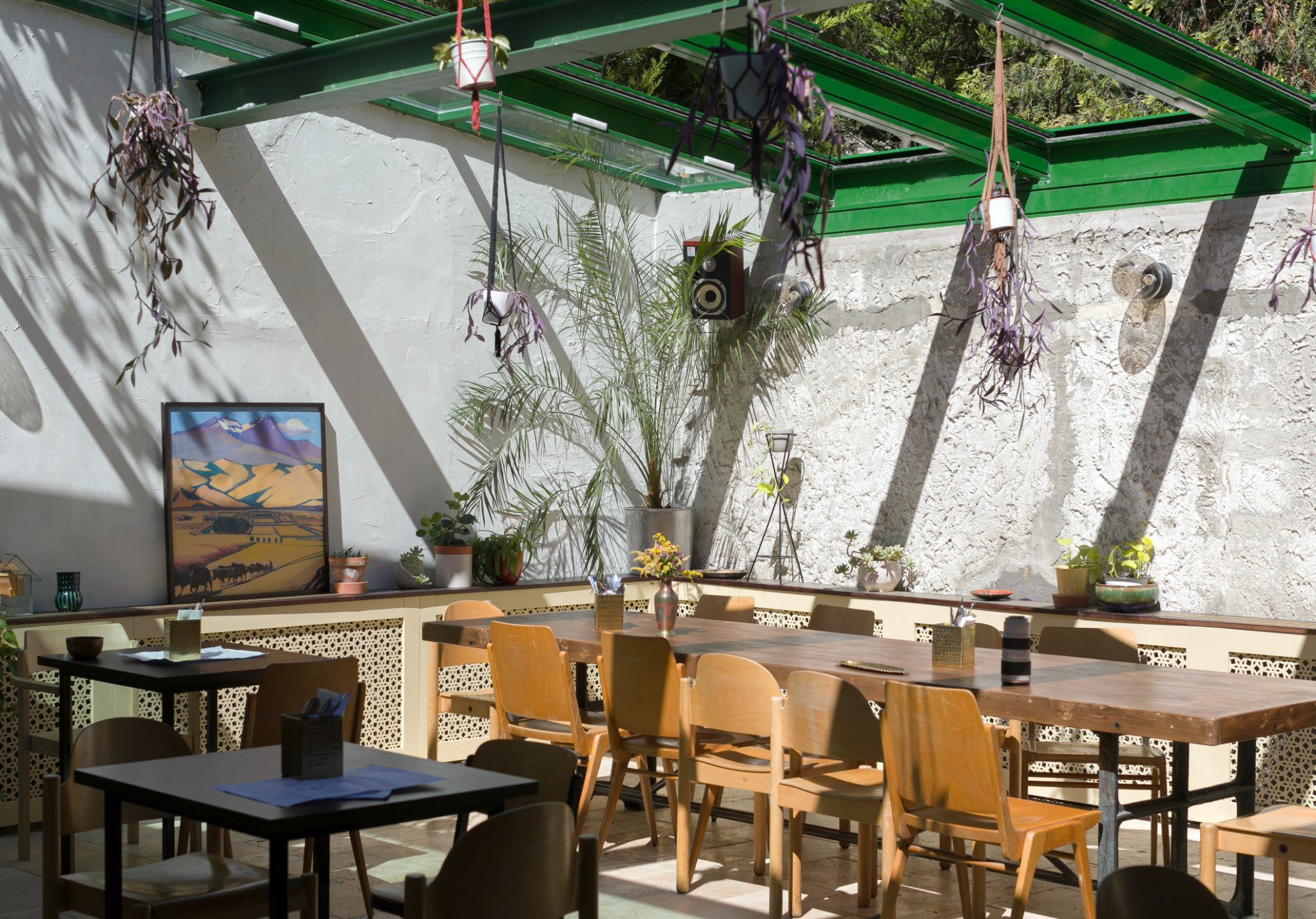
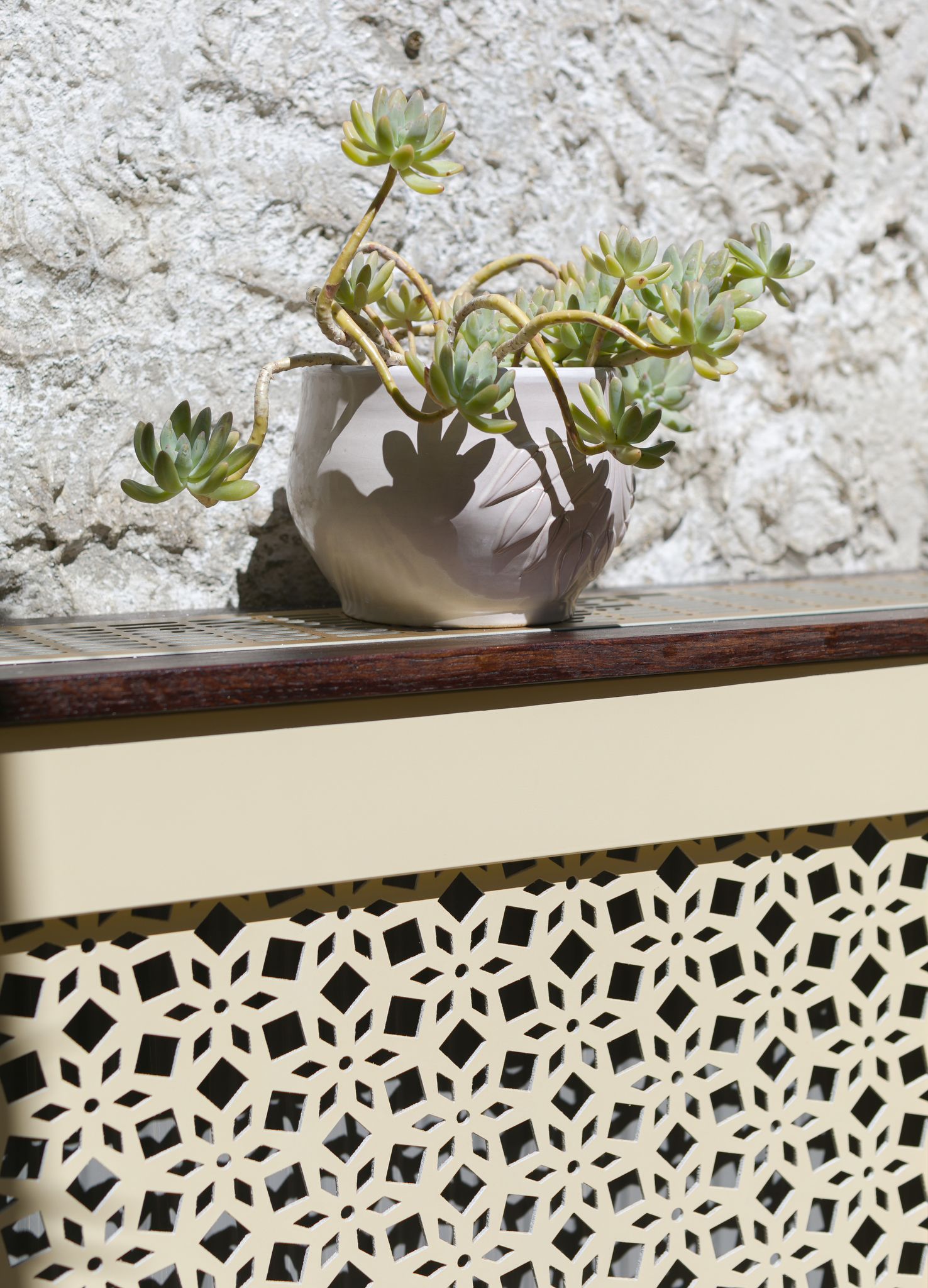
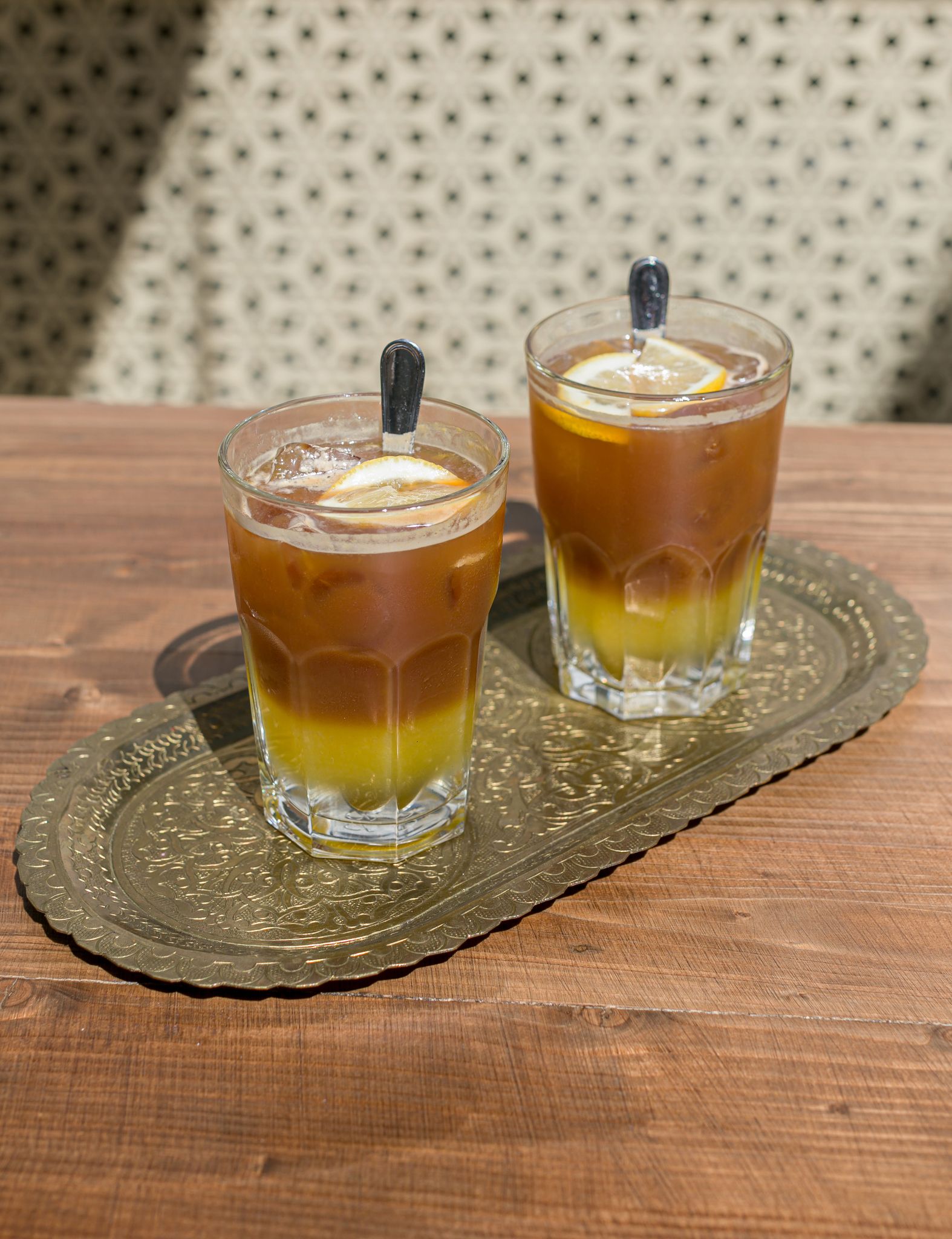
No significant spatial rearrangements were needed in the other two big rooms. We demolished the coffered ceiling and the booths, and we added new flooring, acoustical ceiling, a few pieces of typical built-in furniture and emphatic wall paintings. We wanted to echo the style already known from Dobrumba in terms of furniture, we purchased these from Möbelkunst and artKRAFT.
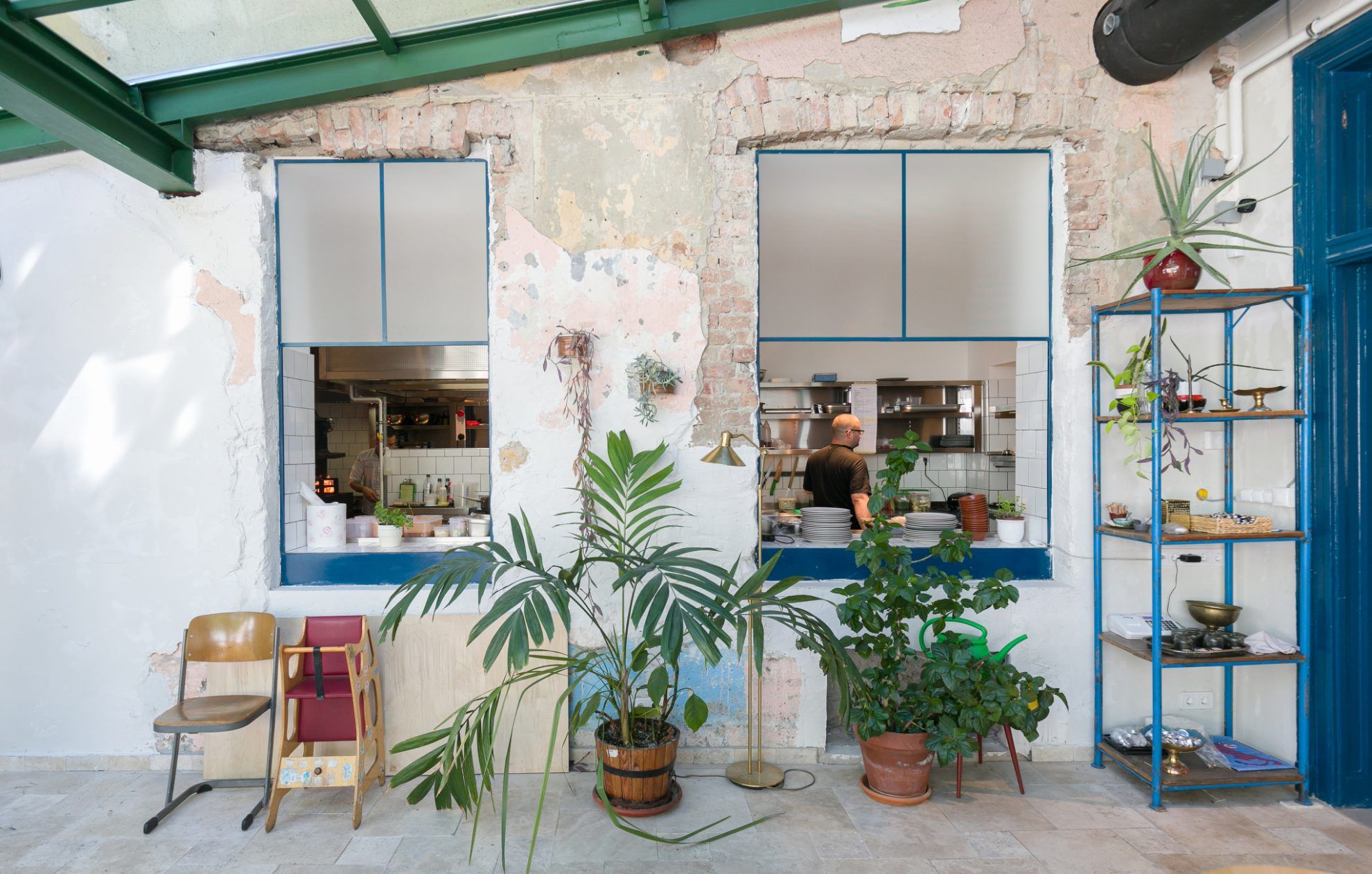
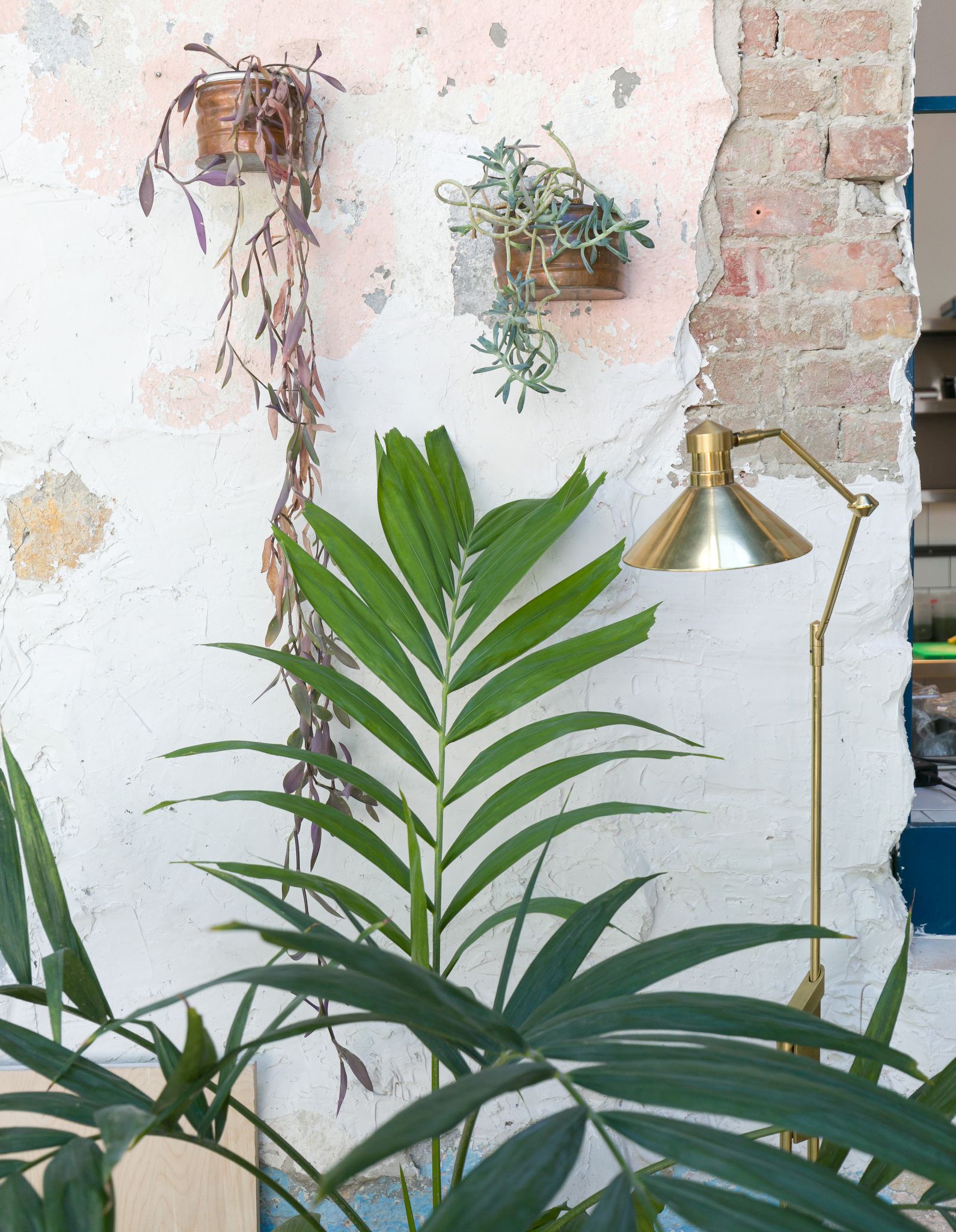
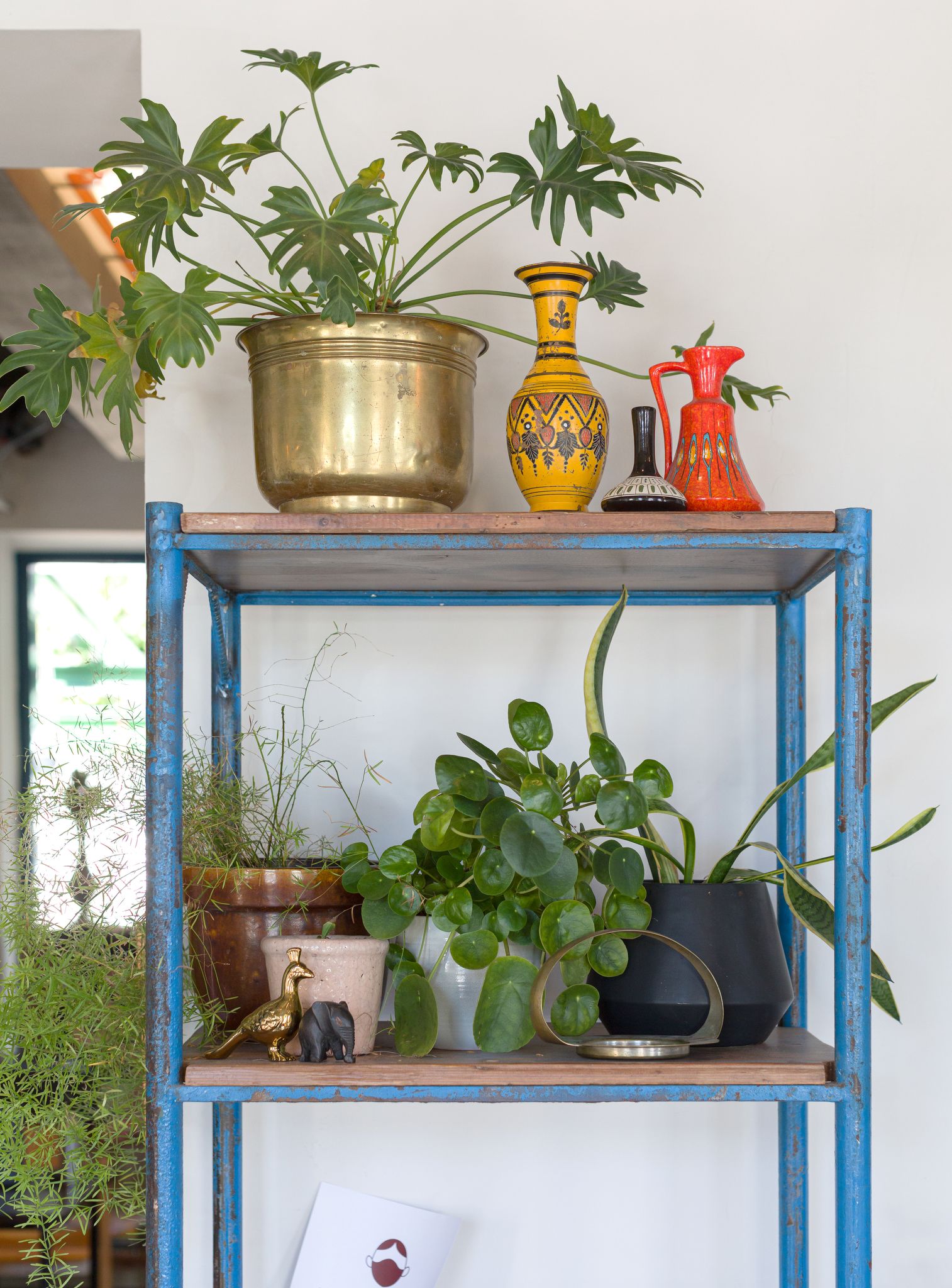
In addition to the functional objects, many memorabilia can be found in the restaurant, at the same time I also see pieces of Hungarian designers popping up here and there.
Eszti: The majority of the objects were “flea-marketed” in the course of our trips, by bargaining with the vendors… we enjoy this very much! Out of the carpets, there are some from Armenia, some from Georgia and there are also rugs from the market at Lake Fekete. And of course Jófogás!
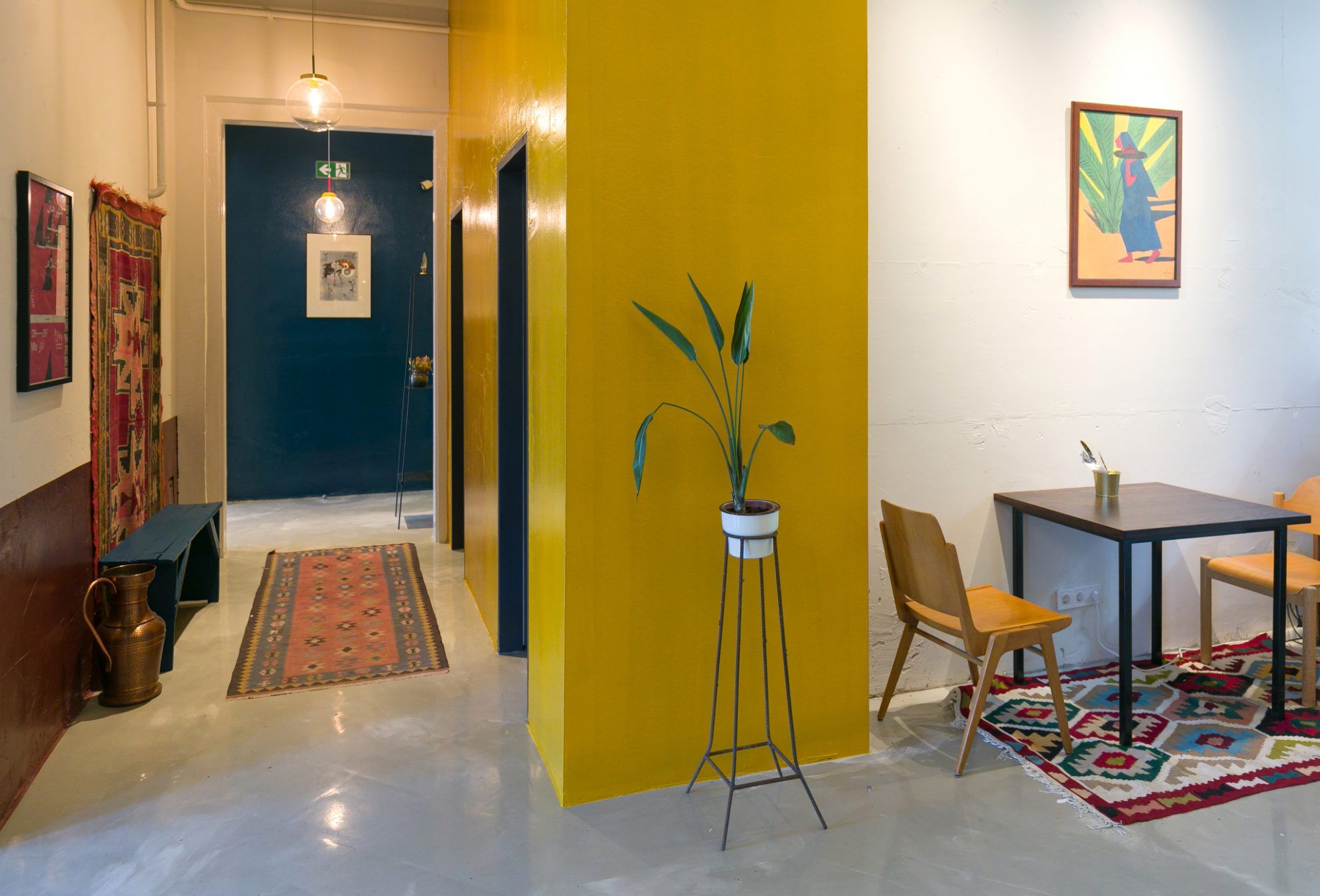
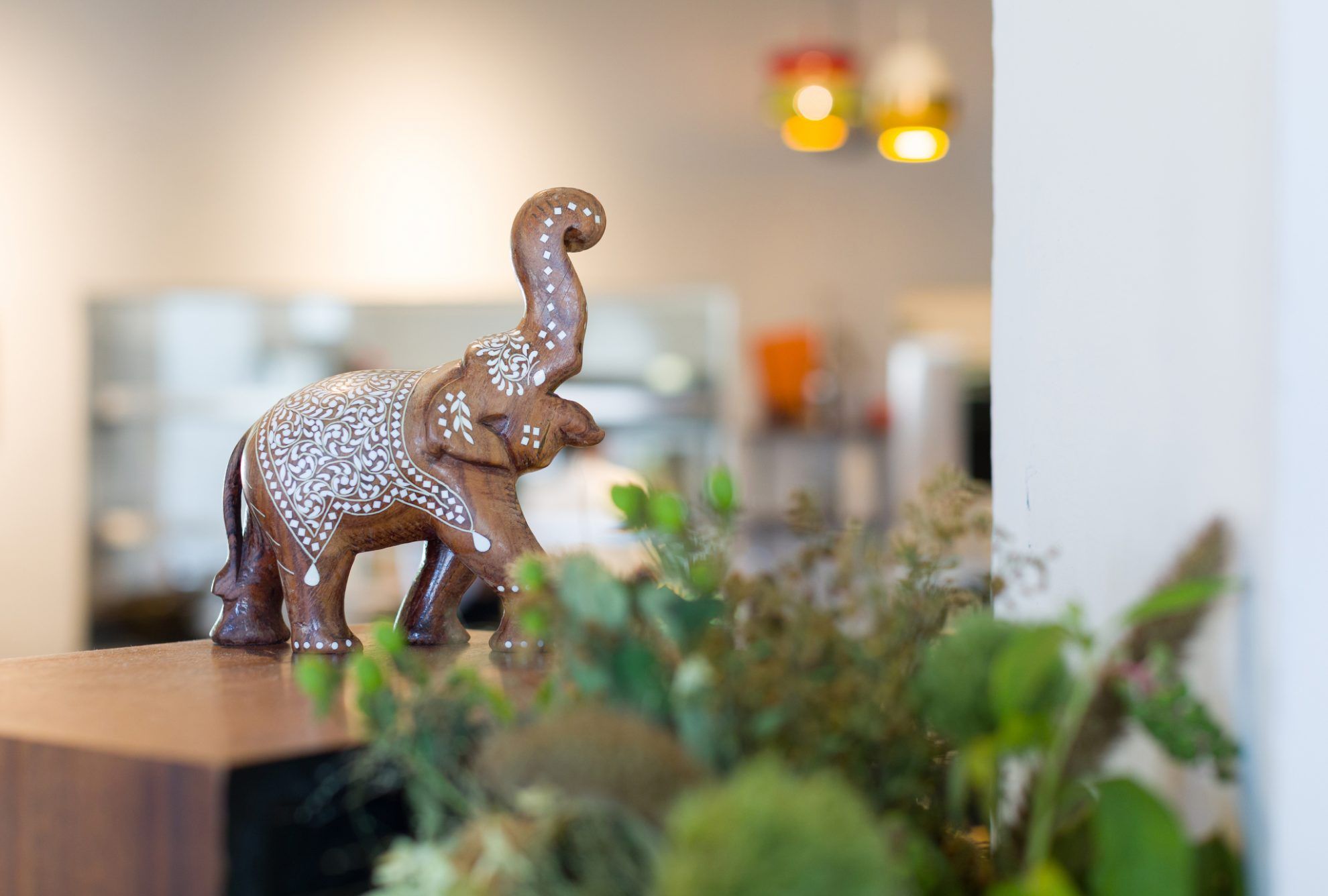
Our painting collection also includes works from India and Armenia. One of my favorites is Armenian artist Martiros Saryan, two reproductions of his works are placed on the wall. At the same time, we also consider it important to support our Hungarian artist friends: there is a print from Phosphor Prints, and the large tiger was painted on the wall by Tamás Füredi, intentionally evoking the Indian hand-painted, a bit silly style.

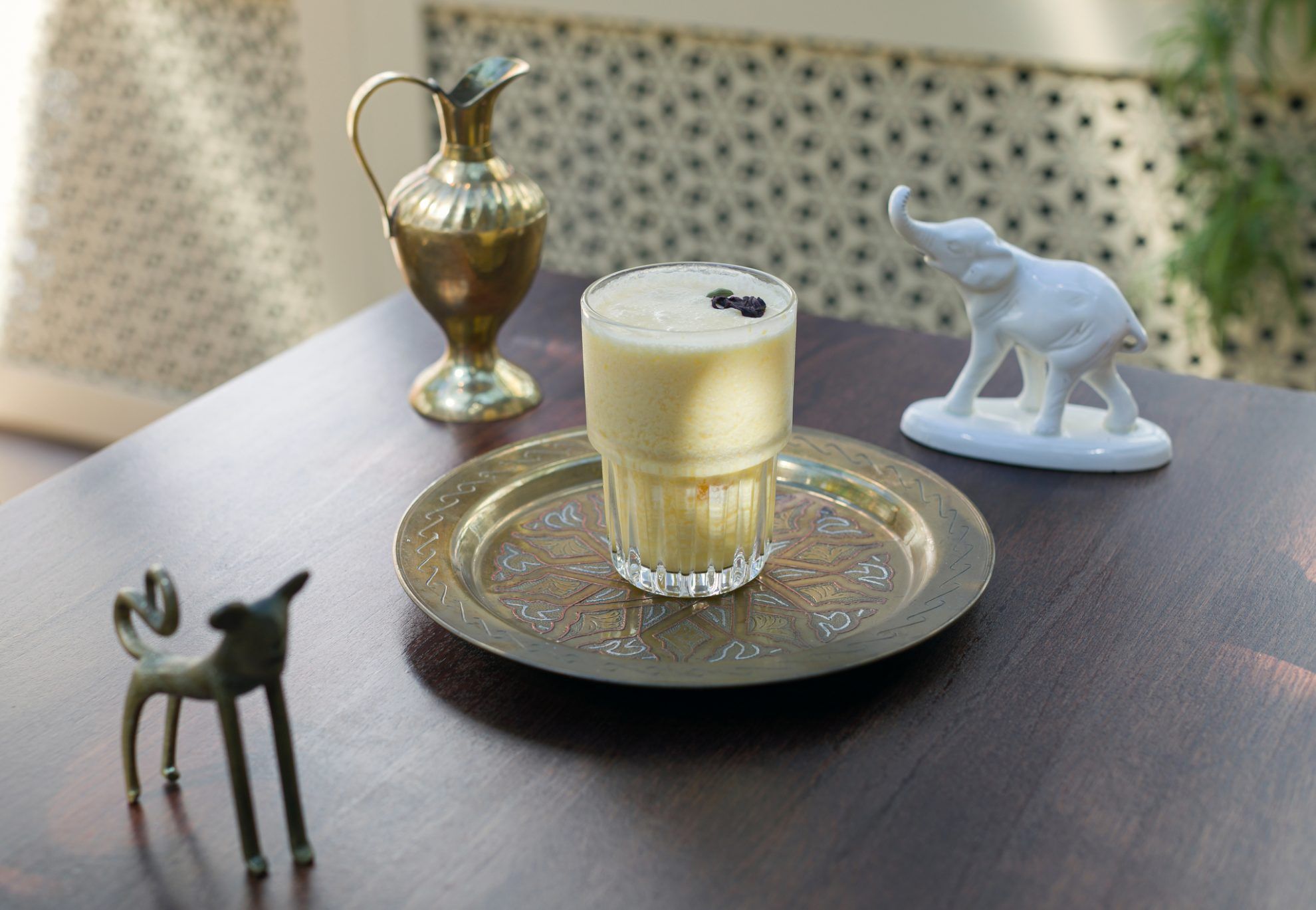
Dominant elements of the interior include the lamps, which we purchased from Position Collective. There is a great accord between us, we have already worked together in the case of Dobrumba. We thought their custom Pran and Priy lamps would match these Eastern colors perfectly, and these are complemented by their sphere lamps.
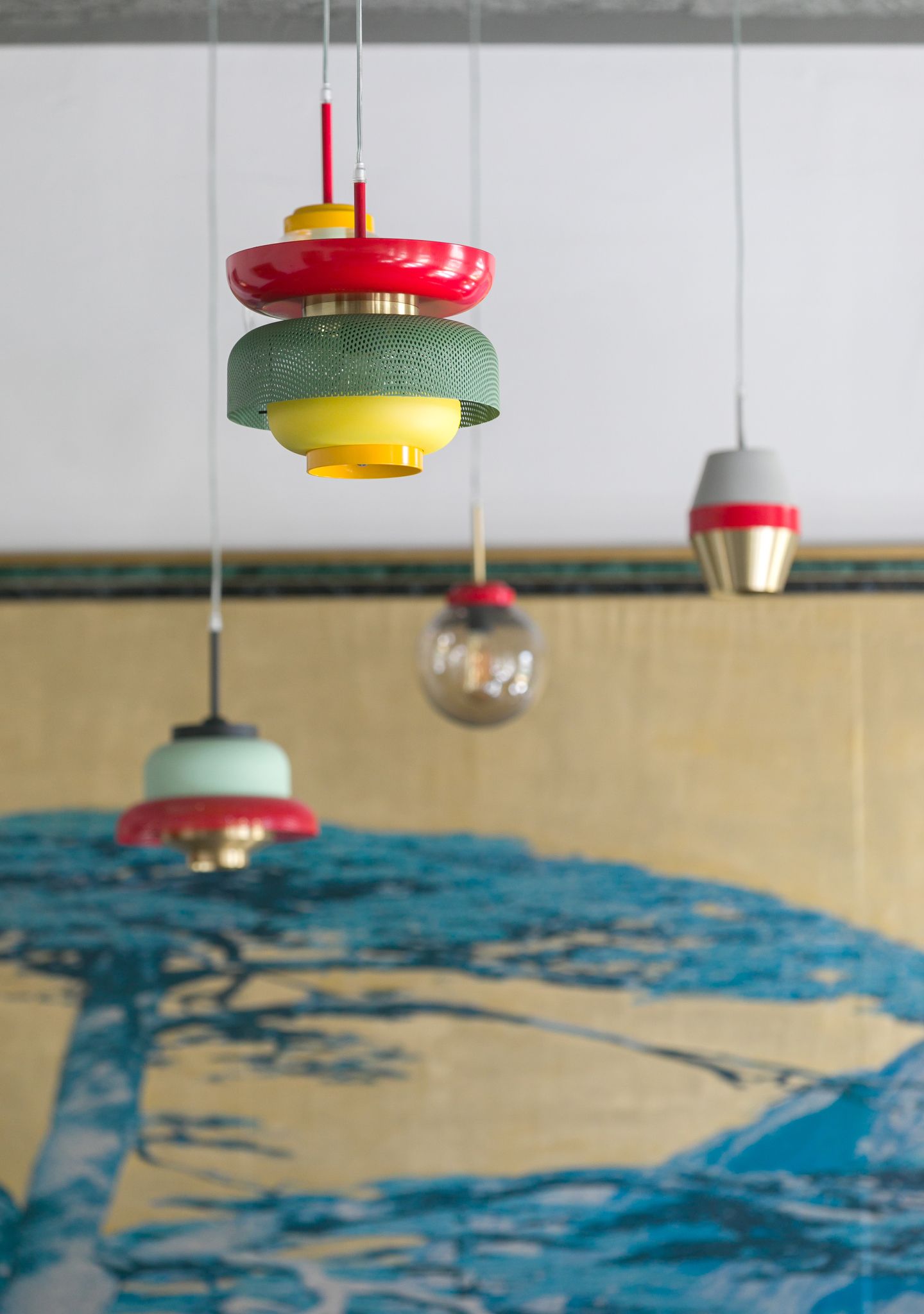
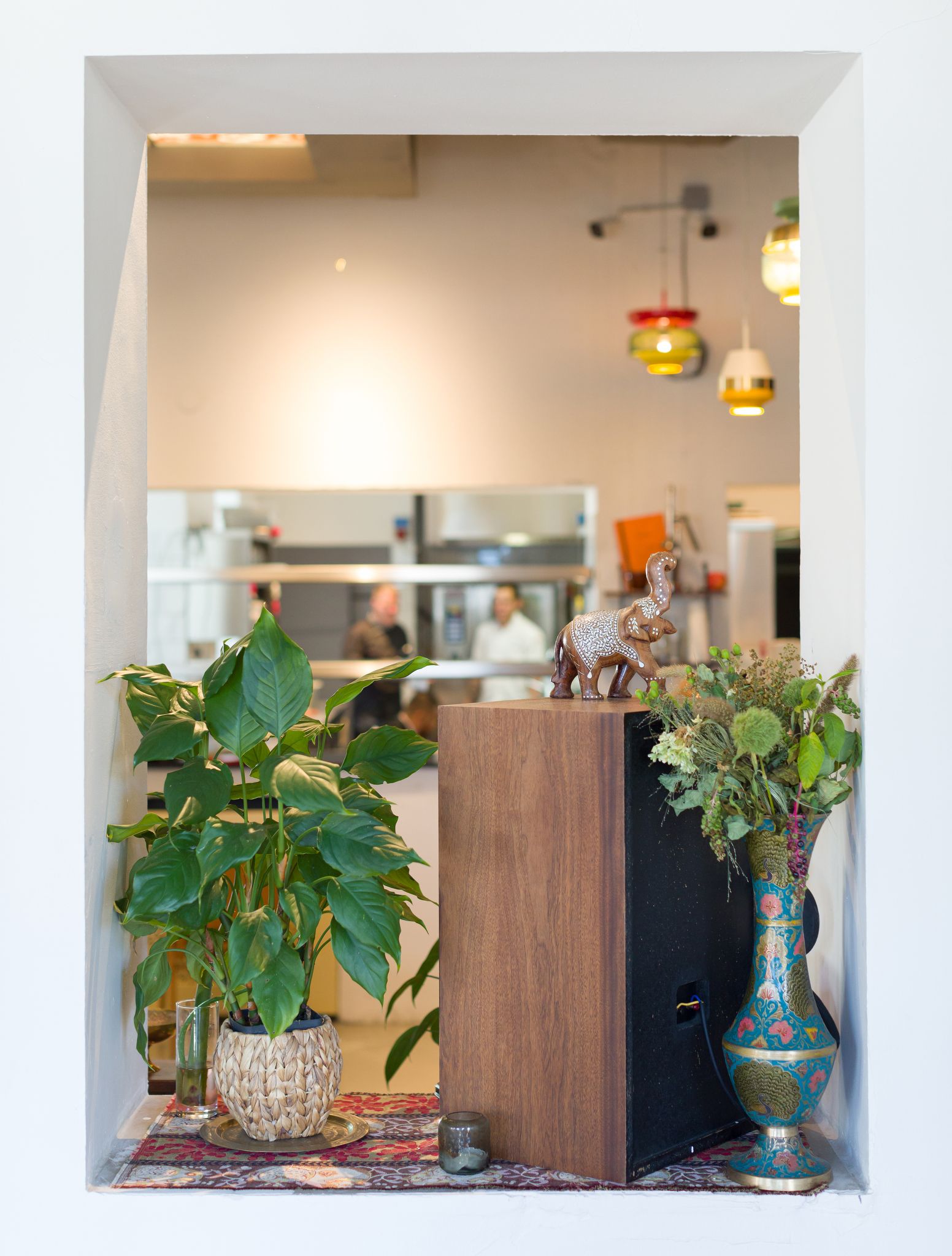
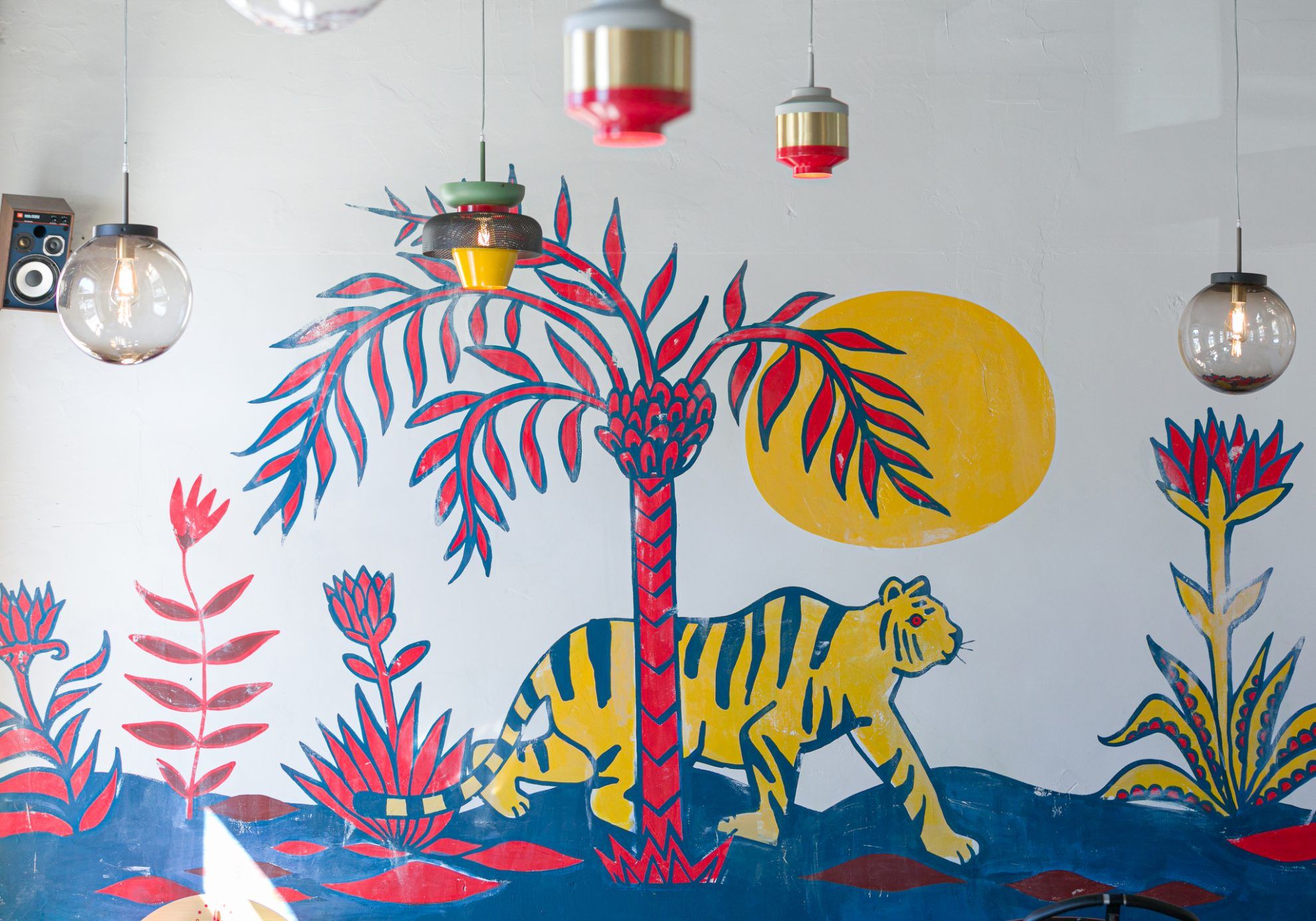
Viki: The rest of the lamps came from LumoConcept, another team we are friends with – they brought all technical lamps. I would also like to highlight the personal nature of this project: the project supervisor, for example, appeared in the last days of the work with a few decor objects he bought at a flea market for us, and the macrames were made by the manager girl out of used tees, so many people contributed to the atmosphere.
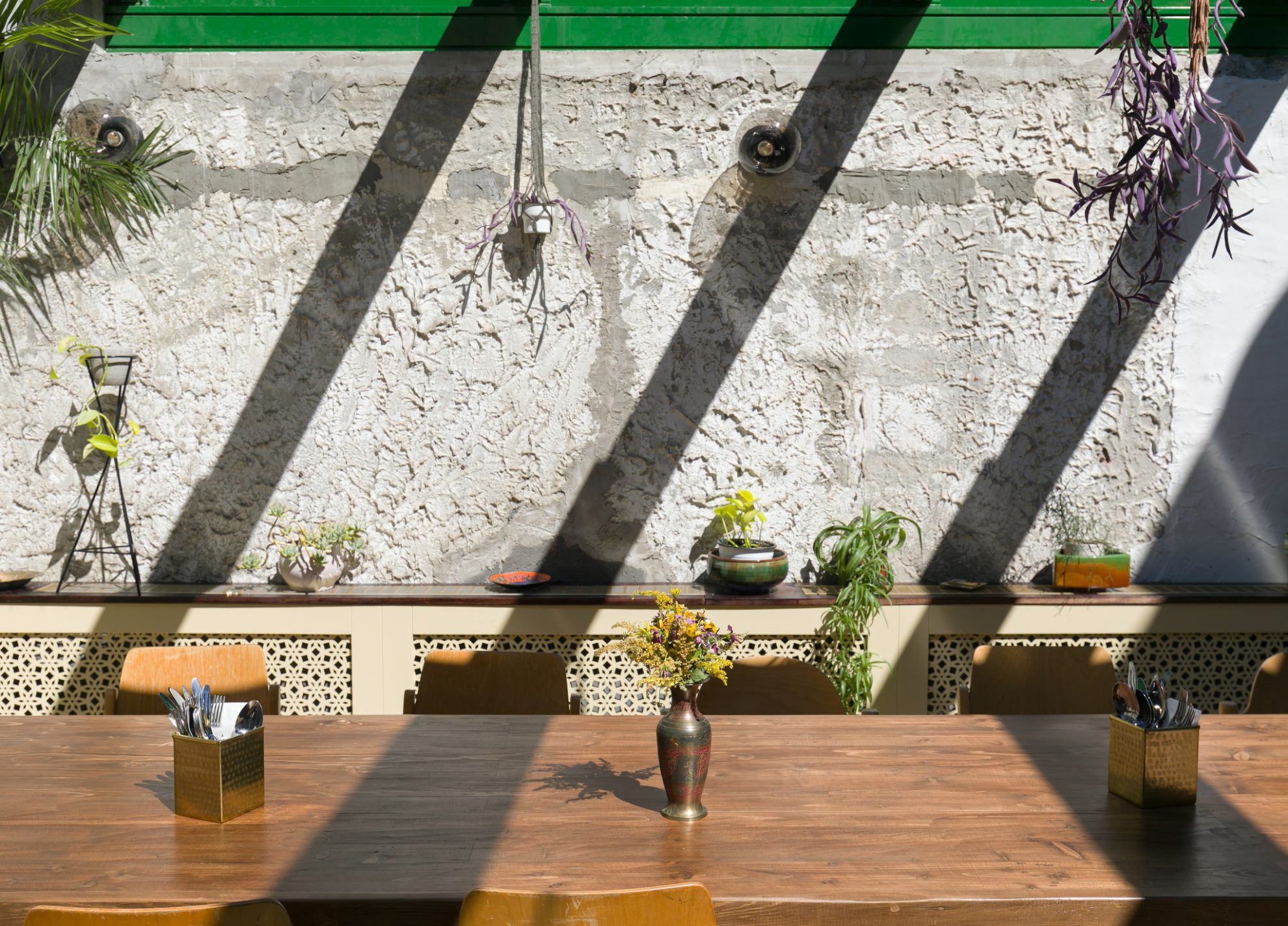
Eszti: It’s also important that this place will never truly be completed. I’m sure we will travel more, very soon we hope, and I’m sure we’ll bring back more beautiful pictures and objects.
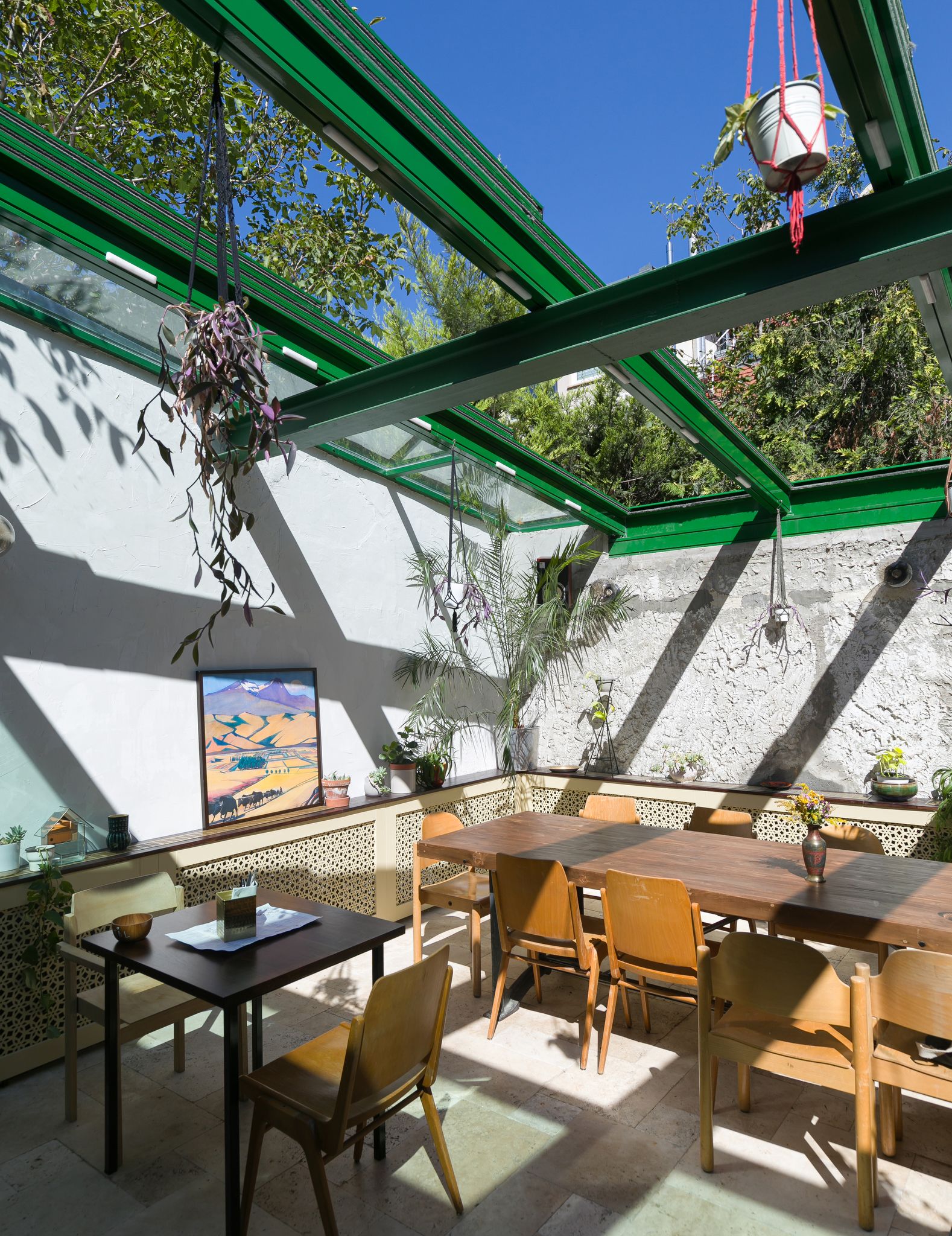
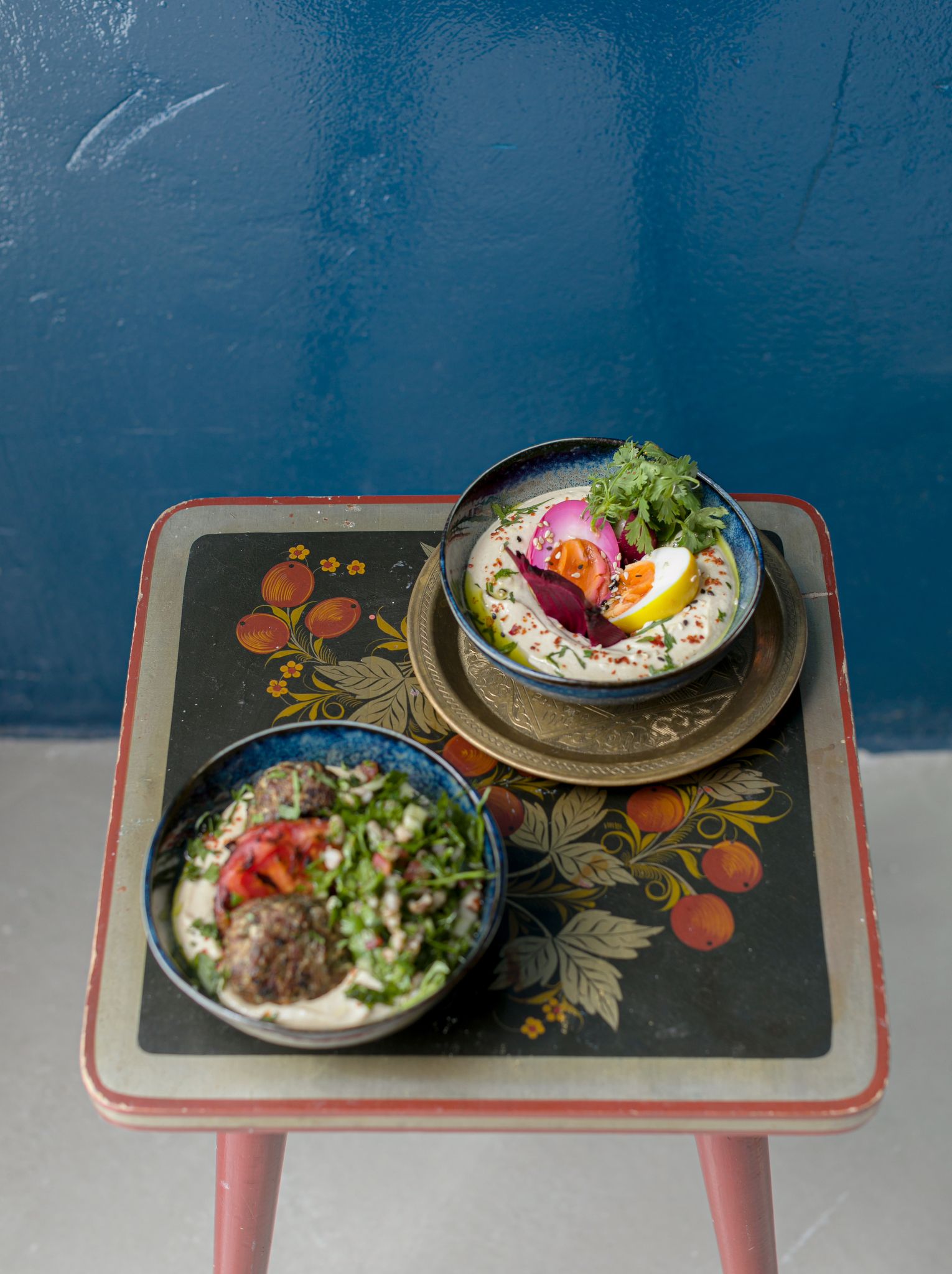
We are continuously building the restaurant, we don’t think opening means that we open the doors and everything is ready and in perfect order. We see how people live in the spaces, and the work can go on.
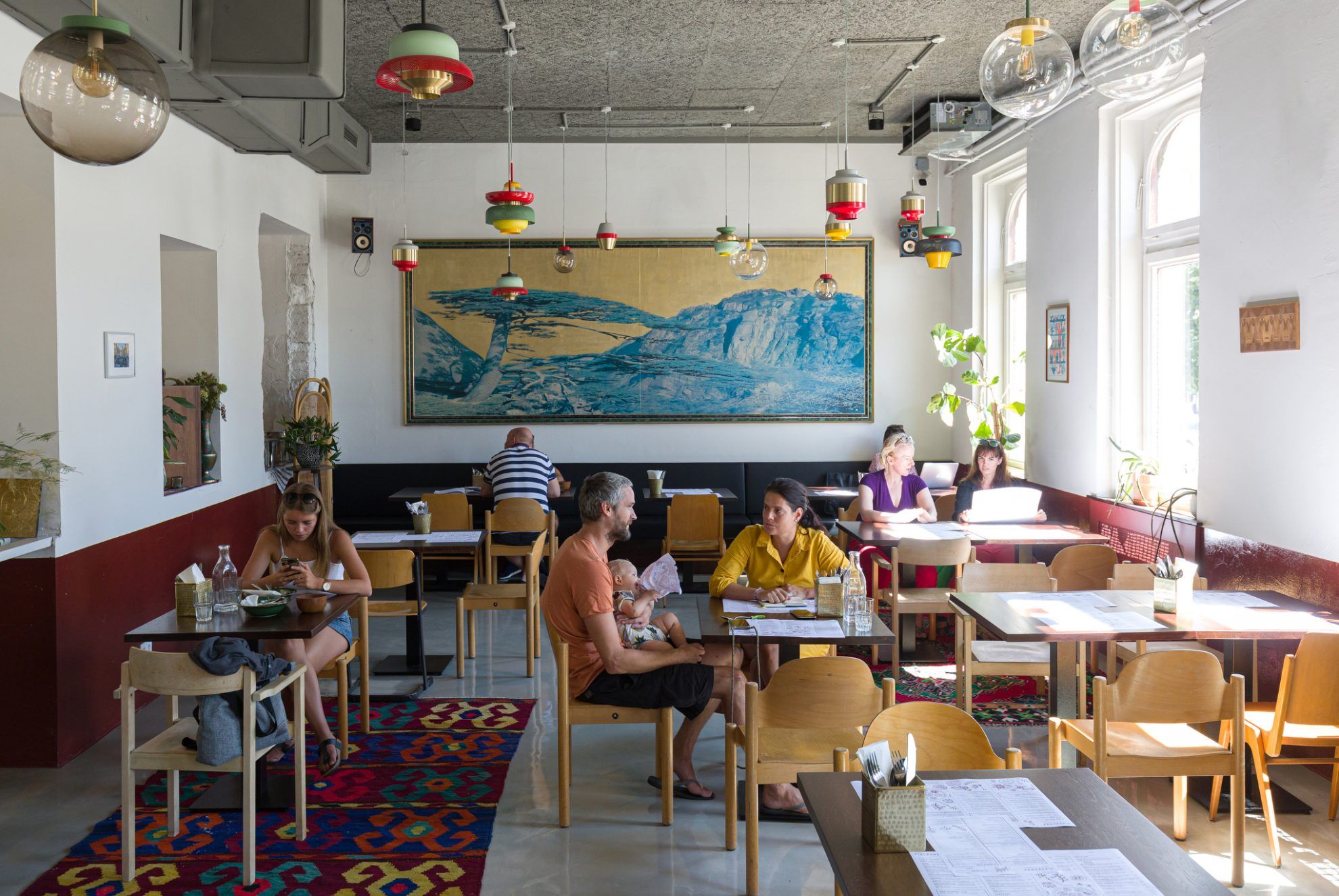
Pingrumba | Web | Facebook | Instagram
Photos: Balázs Mohai | Instagram
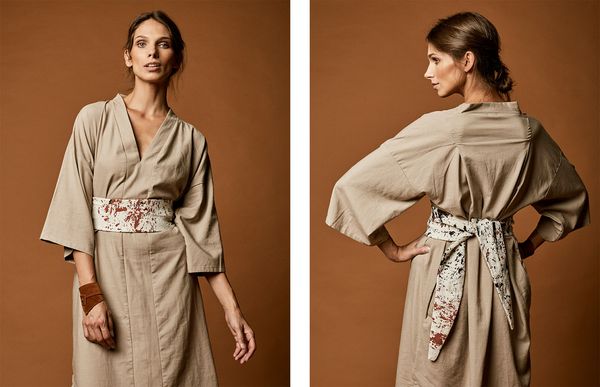
It's called art | Printa
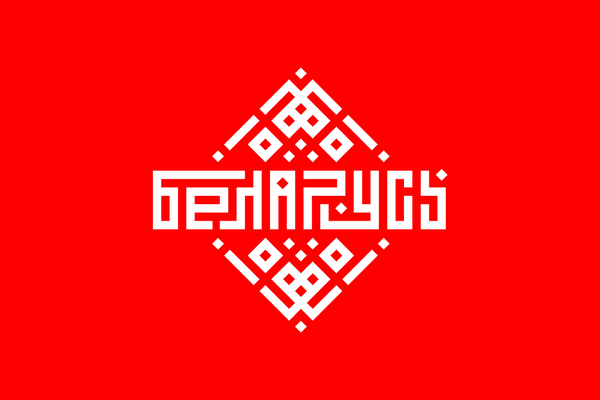
HIGHLIGHTS | Design from Belarus
